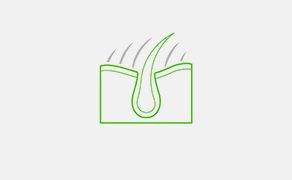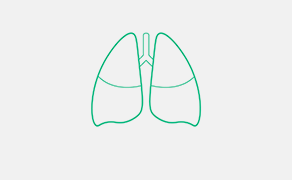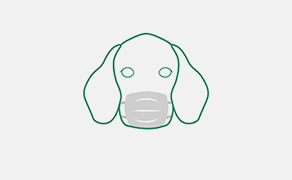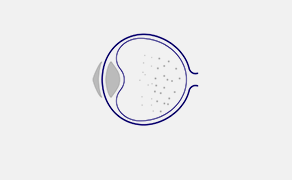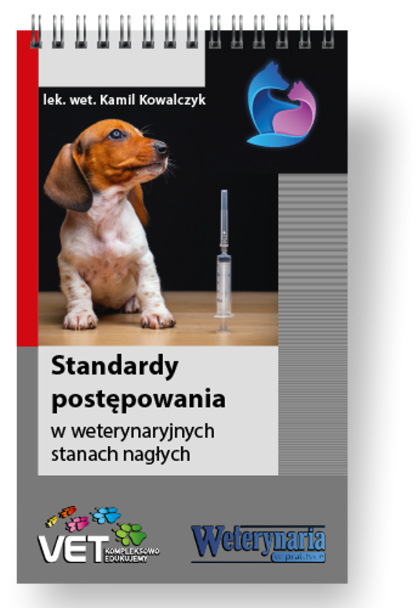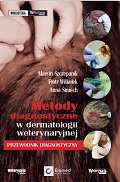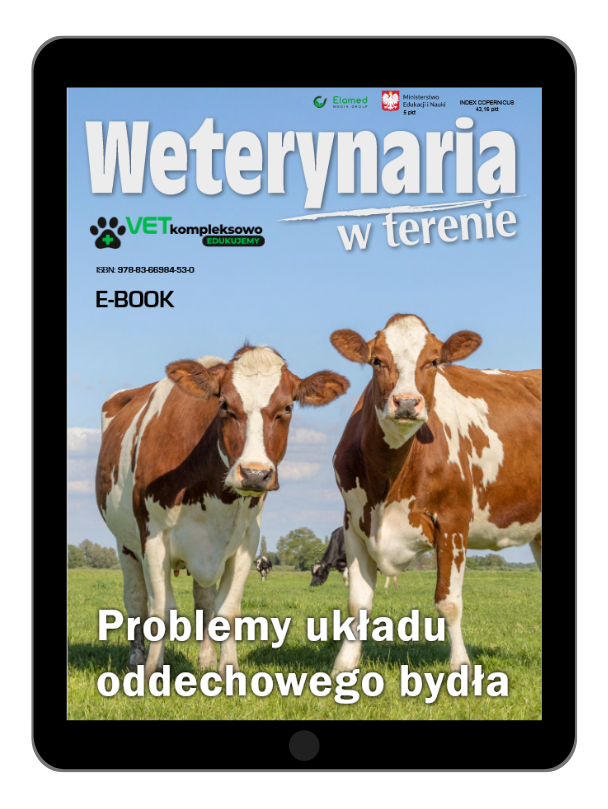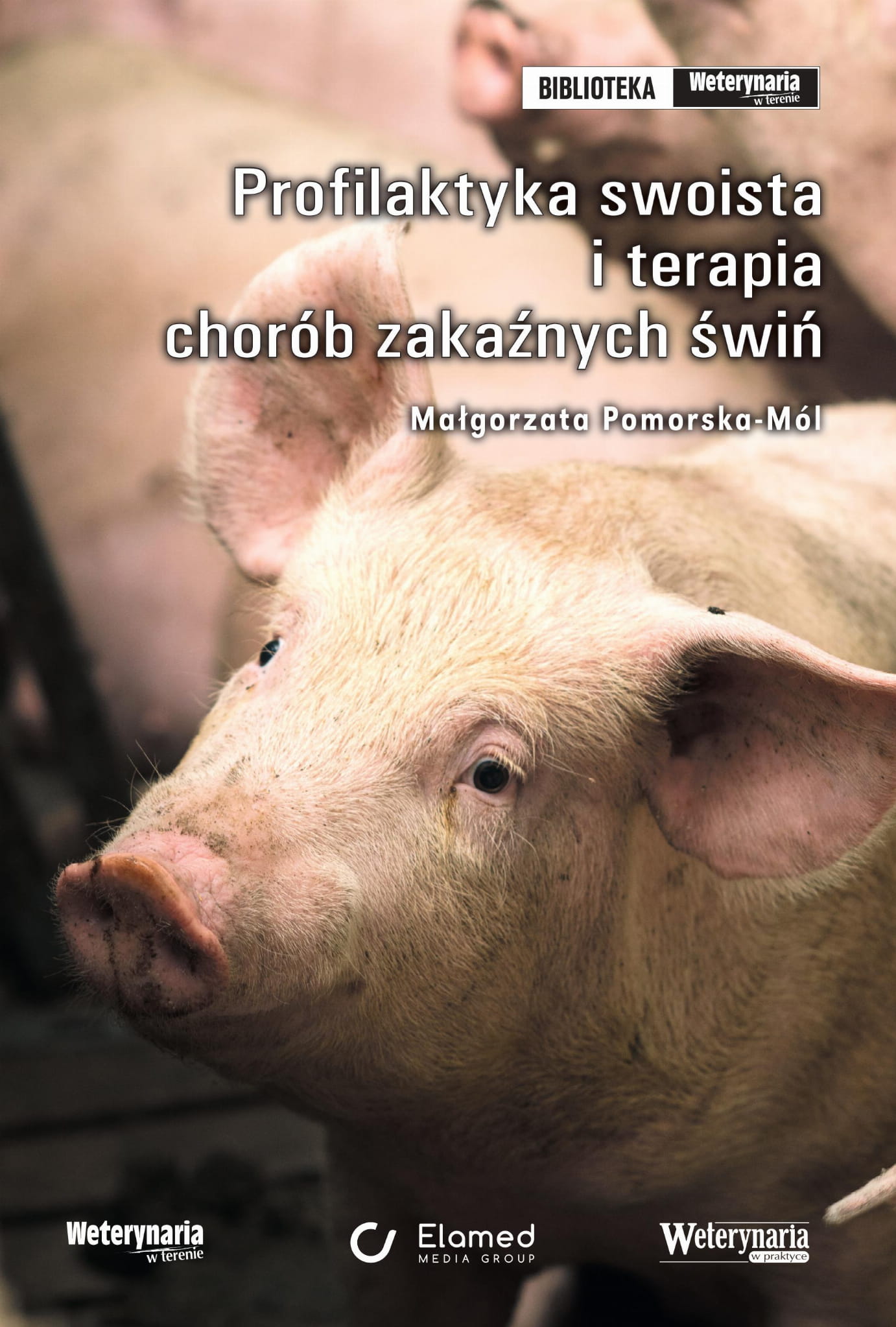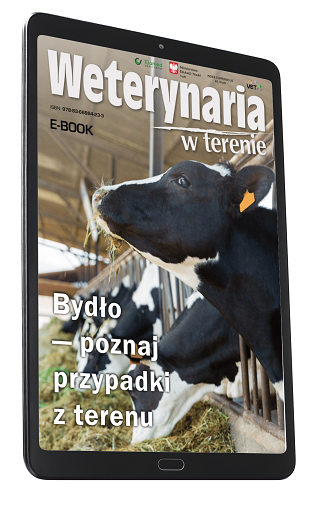Jak działa psi węch? Od zapachu do emocji
Piśmiennictwo
- Lasa J., Browarska-Walczowska A.: Zmysł węchu, kryminalistyka, metody analityczne. Raport Nr 2/POP, Instytut Fizyki Jądrowej im. Henryka Niewodniczańskiego, Kraków, 2003.
- Karlson P., Lüscher M.: ‘Pheromones’: a new term for a class of biologically active substances. „Nature”, 1959, 183.
- Wyatt T.D.: Pheromones and Animal Behaviour: Communication by Smell and Taste. Cambridge University Press, 2003.
- Alcock J.: Animal behavior. 9th ed, Arizona State University, USA, Massachusetts 2009.
- Konopski L., Koberda M.: Feromony człowieka. Wydawnictwo Naukowe Scholar, Warszawa 2003.
- Stitzel S.E., Aernecke M.J., Walt D.R.: Artificial Noses. „Annual Review of Biomedical Engineering”, 2011, 13, 1-25.
- Swaney W.T., Keverne E.B.: The evolution of pheromonal communication. „Behavioural brain research”, 2009, 200, 2, 239-247.
- Krzymowski T., Przała J.: Fizjologia zwierząt. Wydawnictwo Rolnicze i leśne, Warszawa 2005.
- Rapiejko P., Zielnik-Jurkiewicz B., Wojdas A., Ratajczak J., Jurkiewicz D.: Występowanie narządu lemieszowo-nosowego u ludzi dorosłych. Otolaryngologia polska. „The Polish Otolaryngology”, 2007, 61. 581-584. DOI: 10.1016/S0030-6657(07)70489-4.
- Jacobson L., Trotier D., Døving K.B.: Anatomical description of a new organ in the nose of domesticated animals by Ludvig Jacobson (1813). Laboratoire de Neurobiologie Sensorielle, Ecole Pratique des Hautes Etudes, Massy, France. „Chemical Senses”,1999.
- McGann J.P.: Poor human olfaction is a 19th-century myth. „Science”, 2017, 356, 6338, 7263.
- Salazar I., Rueda A., Cifuentes J. M.: Anatomy of the vomeronasal organ in the dog. „Folia Morphologica”, 1984, 32, 4, 331-341.
- Salazar I., Barber P.C., Cifuentes J.M.: Anatomical and immunohistological demonstration of the primary neural connections of the vomeronasal organ in the dog. „The Anatomical Record”, 1992, 233, 2, 309-313.
- Dzięcioł M. et al.: MRI Features of the Vomeronasal Organ in Dogs (Canis Familiaris). „Frontiers in Veterinary Science”, 2020, 7, 159.
- Booth K.K.: The role of the VNO on the regulation of parental and reproductive behaviors in female small ruminants (Znaczenie narządu Jacobsona w regulacji zachowań rodzicielskich oraz rozrodczych u samic małych przeżuwaczy) [W:] Sympozjum Mechanizmy zachowań zwierząt oraz możliwości ich modelowania. Wrocław, 9.05.2013.
- Asproni P. et al.: Pathology and behaviour in feline medicine: investigating the link between vomeronasalitis and aggression. „Journal of Feline Medicine and Surgery”, 2016, 18, 12, 997-1002.
- Moran D.T., Jafek B.W., Rowley J.C.: The vomeronasal (Jacobson’s) organ in man: ultrastructure and frequency of occurrence. „J Steroid Biochem Mol BioL”, 1991, 39, 545-552.
- Stensaas L.J., Lavker R.M., Monti-Bloch L., Grosser B.I., Berliner D.L.: Ultrastructure of the human vomeronasal organ. „J Steroid Biochem Mol Biol”, 1991, 39, 553-560.
- Boehm N., Gasser B.: Sensory receptor-like cells in the human foetal vomeronasal organ. „Neuroreport”, 1993, 4, 867-870.
- Trotier D., Døving K.B.: Functional role of receptor neurons in encoding olfactory information. „J Neurobiol”, 1996, 30, 58-66.
- Trotier D., Eloit C., Wassef M., Talmain G., Bensimon J.L., Døving K.B. et al.: The vomeronasal cavity in adult humans. „Chem Senses”, 2000, 25, 369-380.
- Witt M., Hummel T.: Vomeronasal versus olfactory epithelium: is there a cellular basis for human vomeronasal perception? „Int Rev Cytol”, 2006, 248, 209-259.
- Stoyanov G., Moneva K., Sapundzhiev N., Tonchev A.B.: The vomeronasal organ – incidence in a Bulgarian population. „J Laryngol Otol”, 2016, 130, 344-347.
- Vaglio S.: Chemical communication and mother-infant recognition. „Communicative & Integrative Biology”, 2009, 2, 3, 279-281.
- Zalesska-Kręcicka M., Kręcicki T.: Zarys otolaryngologii. [W:] Podręcznik dla studentów i lekarzy. Akademia Medyczna, Wrocław 2008.
- Potargowicz E.: Węch – niedoceniany zmysł człowieka. [W:] Postępy Higieny Medycyny Doświadczalnej. Katedra Fizjologii Doświadczalnej i Klinicznej Uniwersytetu Medycznego w Łodzi, 2008.
- Białaczewski L.: Nagroda Nobla za 2004; odkrycie genów receptorów węchowych. „Otorynolaryngologia”, 2005, 4.
- Sadowski B.: Biologiczne mechanizmy zachowania się ludzi i zwierząt. PWN, Warszawa 2007.
- Skangiel-Kramska J., Rogozińska K.: Zmysł węchu — kodowanie zapachów. Nagroda Nobla z fizjologii lub medycyny w 2004 roku. „Kosmos. Problemy Nauk Biologicznych”, 2005, 54 (2-3, 267-268), 149-154.
- Rapiejko P., Zielnik-Jurkiewicz B., Jurkiewicz D.: Vomeronasal organ occurrence in adult humans. Ann Universit Marie Curie-Skłodowskiej Sectio D Medicina, 2005.
- Rapiejko P.: Zmysł węchu. „The Sense of Smell Alergoprofil”, 2006.
- Dorries K.M., Adkins-Regan K., Halpern B.P.: Sensitivity and behavioral responses to the pheromone androstenone are not mediated by the vomeronasal organ in domestic pigs. „Brain, Behavior and Evolution”, 1997, 49, 1, 53-62.
- Asproni P., Cozzi A., Mainau E., Temple D., Manteca X., Bienboire-Frosini C. et al.: First description of vomeronasal organ inflammatory changes in pigs. [In:] ECAWBM-IRSEA International Congress and Workshops on Semiochemistry and Management of Animal Populations. Apt, 2014, 131.
- Malnick B., Godfrey P.A., Buck L.B.: The human olfactory receptor gene family. „Proc Natl Acad Sci USA”, 2004, 101, 2584-2589.
- Sadowski B., Chmurzyński J.A.: Biologiczne mechanizmy zachowania. Państwowe Wydawnictwo Naukowe, 1989.
- Rombaux P., Duprez T., Hummel T.: Olfactory bulb volume in the clinical assessment of olfactory dysfunction. „Rhinology”, 2009, 47, 3‑9.
- Savic I.: Imaging of brain activation by odorants in humans. „Curr Opin Neurobiol”, 2002, 12, 455‑461.
- Nguyen A.D., Shenton M.E., Levitt J.J.: Olfactory dysfunction in schizophrenia: a review of neuroanatomy and psychophysiological measurements. „Harv Rev Psychiatry”, 2010, 18, 279‑292.
- Gadbois S., Reeve C.: Canine Olfaction: Scent, Sign, and Situation. „Domestic Dog Cogn and Beh”, 2014, 3-29.
- Marchlewska-Koj A.: Feromony ssaków : ich rola w fizjologii i zachowaniu. „Polska Akademia Umiejętności”, 2011, 137.
- Bhatnagar K., Smith T.: The human vomeronasal organ. III. Postnatal development from infancy to the ninth decade. „Journal of anatomy”, 2001, 199, 289-302. DOI: 10.1046/j.1469-7580.2001.19930289.x.
- Trotier D.: Vomeronasal organ and human pheromones. „European annals of otorhinolaryngology, head and neck diseases”, 2011, 128, 184-90. DOI: 10.1016/j.anorl.2010.11.008.
dr Agata Kokocińska-Kusiak
Instytut Nauk o Zwierzętach
Wydział Hodowli, Bioinżynierii i Ochrony Zwierząt
Szkoła Główna Gospodarstwa Wiejskiego w Warszawa
ul. Ciszewskiego 8, 02-786 Warszawa
Mogą zainteresować Cię również
Znajdź swoją kategorię
2609 praktycznych artykułów - 324 ekspertów - 22 kategorii tematycznych
Weterynaria w Terenie
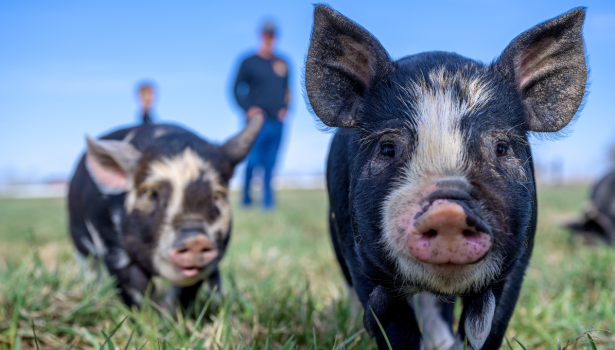
Praktyczne aspekty diagnostyki laboratoryjnej chorób świń
Strategia DIVA Kolejnym problemem jest różnicowanie serologiczne w przypadku wyniku pozytywnego, czy świnie były szczepione przeciw określonym chorobom lub czy są bezobjawowymi nosicielami chorobotwórczego wirusa. W tym celu opracowane zostały specjalne testy, które umożliwiają odróżnienie przeciwciał wywołanych przez wirus szczepionkowy specjalnie w tym celu genetycznie modyfikowany od przeciwciał wytworzonych pod wpływem wirusa zjadliwego. Powyższe określane […]
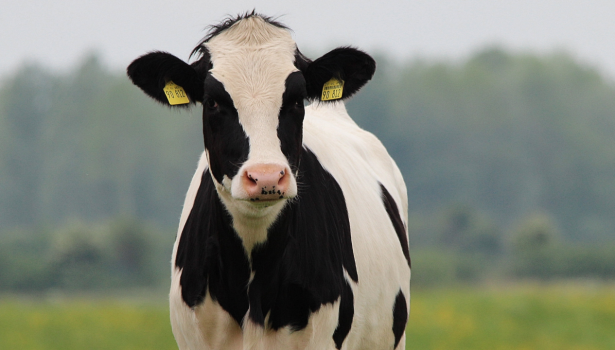
Podkliniczny niedobór wapnia i jego wpływ na wyniki rutynowych badań laboratoryjnych w różnych okresach laktacji u krów mlecznych
Problemy związane z interpretacją wyników badań Przynależność poszczególnych szczepów App do określonego serotypu dokonuje się na podstawie analizy składu polisacharydu otoczki. Serotypy od 1 do 12 opisuje się jako App biotypu I, natomiast serotypy 13 i 14 – jako biotyp II. Niektóre szczepy europejskie – serotypy: 2, 4, 7 i 9 – mogą być również […]

Praktyczne aspekty diagnostyki laboratoryjnej chorób świń
Strategia DIVA Kolejnym problemem jest różnicowanie serologiczne w przypadku wyniku pozytywnego, czy świnie były szczepione przeciw określonym chorobom lub czy są bezobjawowymi nosicielami chorobotwórczego wirusa. W tym celu opracowane zostały specjalne testy, które umożliwiają odróżnienie przeciwciał wywołanych przez wirus szczepionkowy specjalnie w tym celu genetycznie modyfikowany od przeciwciał wytworzonych pod wpływem wirusa zjadliwego. Powyższe określane […]
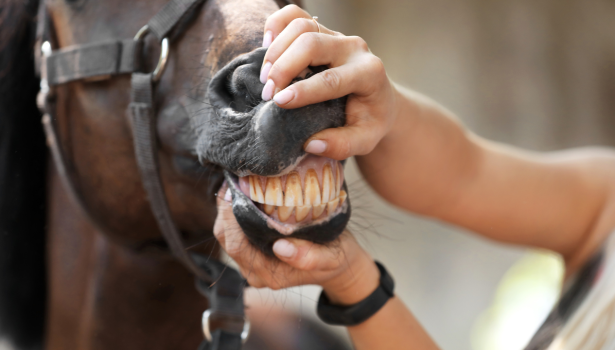
Wprowadzenie do stomatologii koni
Tarnikowanie zębów Usuwanie przerostów szkliwa zębów policzkowych żuchwy oraz szczęki rozpoczynamy od przyłożenia głowicy roboczej pod kątem 45°, odpowiednio bocznie w przypadku łuku zębowego szczęki oraz przyśrodkowo w przypadku łuku zębowego żuchwy. Kąt przyłożenia głowicy roboczej tarnika może zmieniać się od pionowego do poziomego. Wszystko to w celu uzyskania prawidłowej powierzchni, która nie będzie stanowiła […]

Wskazówki na wypadek widocznego niepowodzenia terapii antybiotykowej. Kryteria skutecznej terapii oraz kluczowe pytania jako 5 kroków drzewa analitycznego
Czynniki powiązane z użyciem antybiotyku w terapii: Czy wybór antybiotyku opierał się na badaniach klinicznych i dodatkowych (diagnoza, antybiogram)? Sprawdź odpowiedź na pytanie 3. Farmakokinetyka/farmakodynamika wybranego antybiotyku? Koncentracja i czas działania antybiotyku w zakażonej tkance a efektywność w stosunku do czynnika bakteryjnego wywołującego chorobę (spektrum działania antybiotyku, wrażliwość z antybiogramu – odpowiedzi na pytanie 3.). […]

Czarno na białym – mastitis okiem praktyka – rozmowa z dr. n. wet. Sebastianem Smulskim
Rozmowa z dr. n. wet. Sebastianem Smulskim, pracownikiem Uniwersytetu Przyrodniczego w Poznaniu, specjalistą w dziedzinie profilaktyki i leczenia mastitis u krów, który w swoich badaniach zgłębia tematykę zapalenia gruczołu mlekowego u bydła, zarówno w aspekcie naukowym, jak i praktycznym. Większość zapaleń gruczołu mlekowego ma etiologię bakteryjną. Dlaczego, pomimo rozwoju mikrobiologii, medycyny weterynaryjnej i prowadzonych badań, […]

XVIII FORUM ZOOTECHNICZNO-WETERYNARYJNE: NOWE HORYZONTY W ROZRODZIE ZWIERZĄT
Na Uniwersytecie Przyrodniczym w Poznaniu w dniach 18-19 kwietnia br. odbyło się XVIII Forum Zootechniczno-Weterynaryjne pod hasłem „Rozród zwierząt w dobie selekcji genomowej”. To wydarzenie zgromadziło liczne grono lekarzy weterynarii oraz hodowców, by omówić najnowsze osiągnięcia w dziedzinie hodowli i rozrodu zwierząt. Organizacja Forum była wspólnym przedsięwzięciem Poznańskiego Koła Polskiego Towarzystwa Zootechnicznego, Wielkopolskiego Oddziału Polskiego […]





